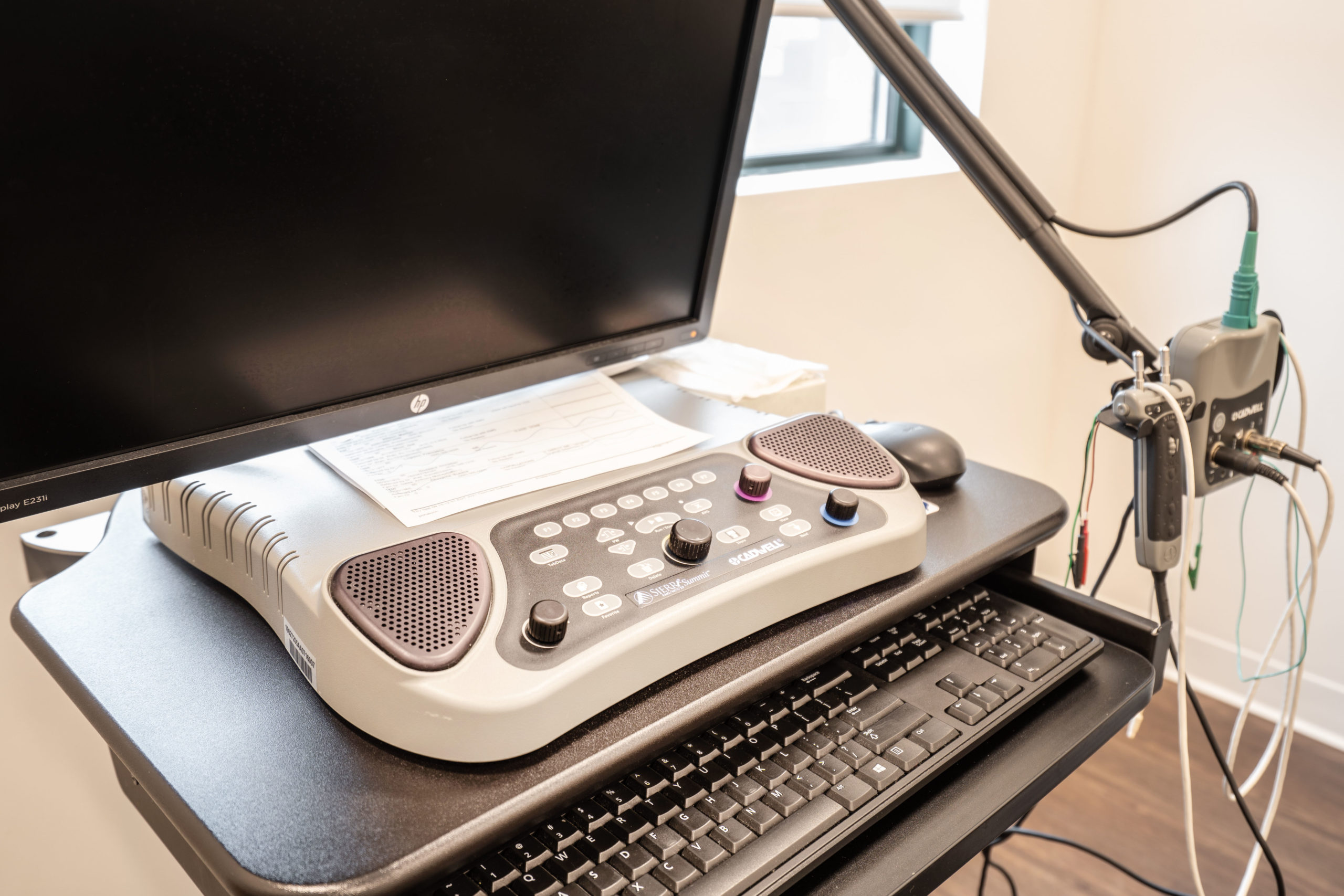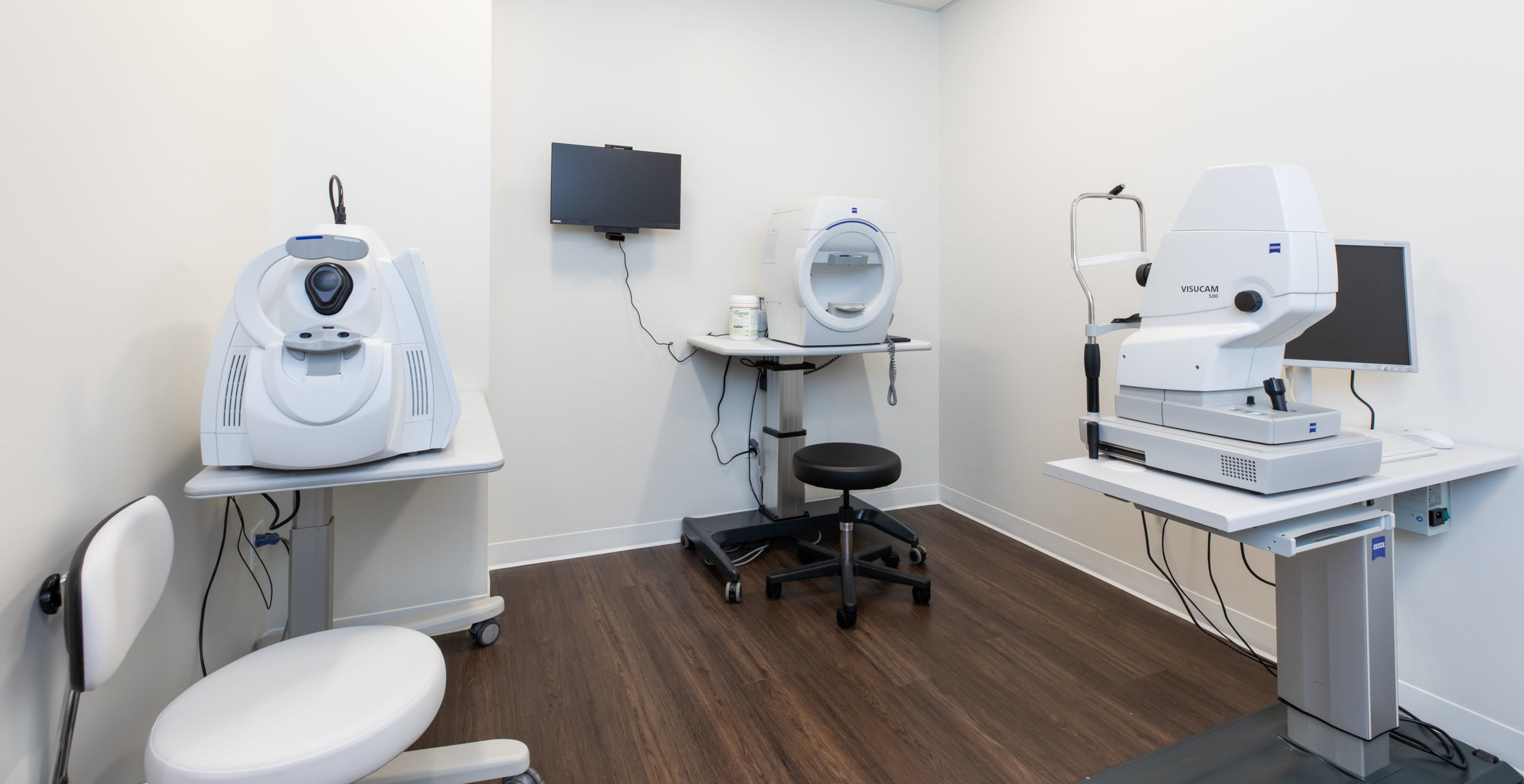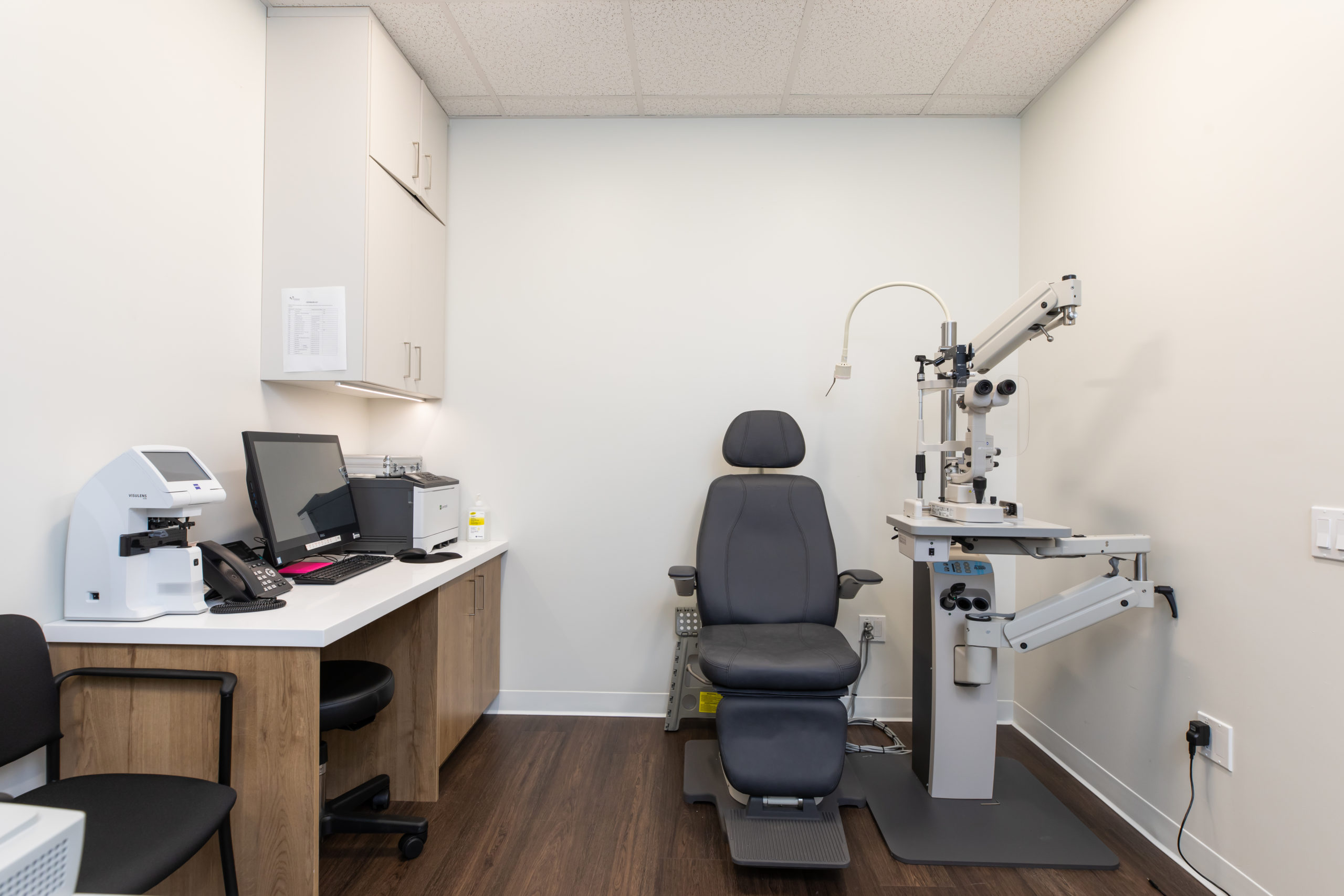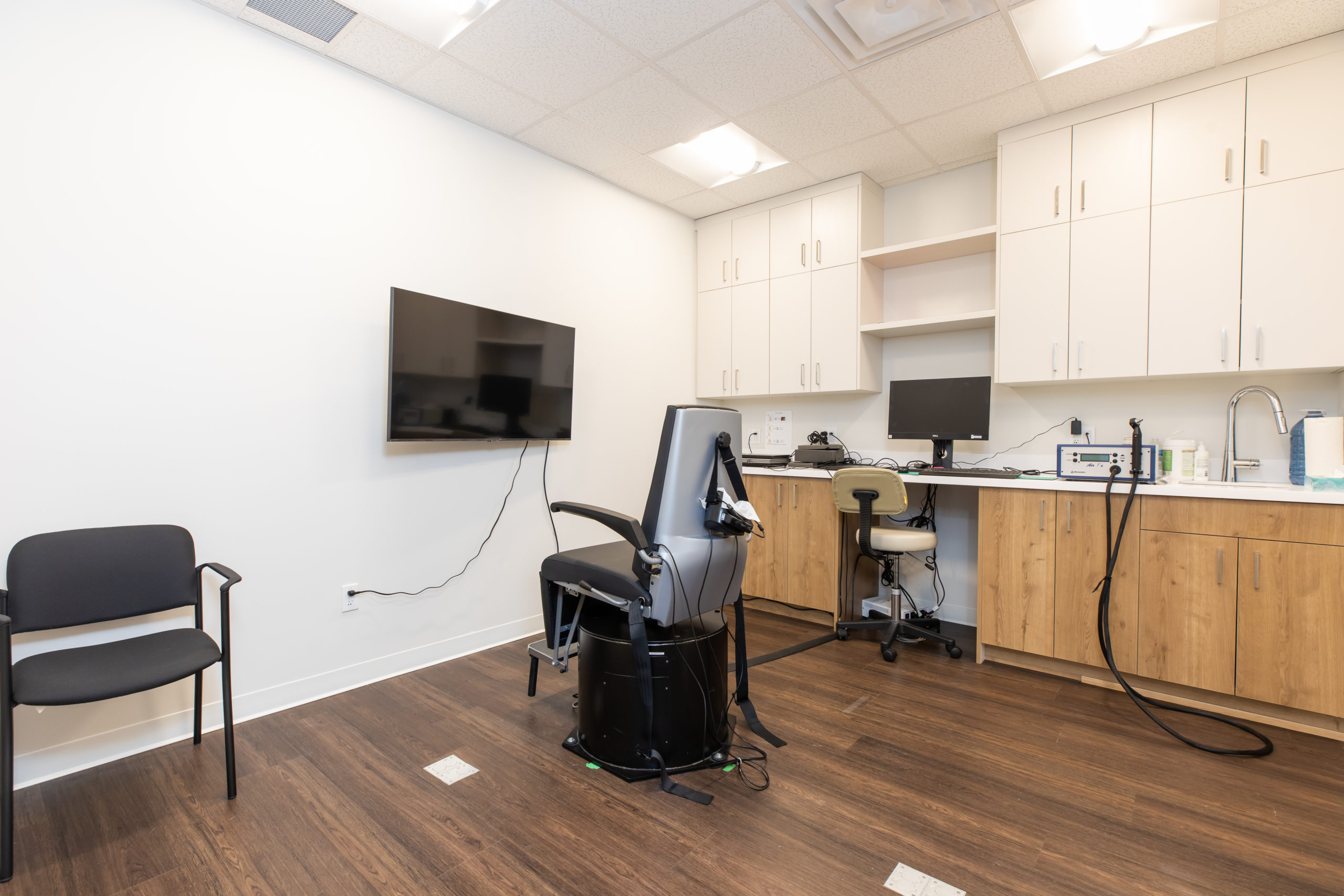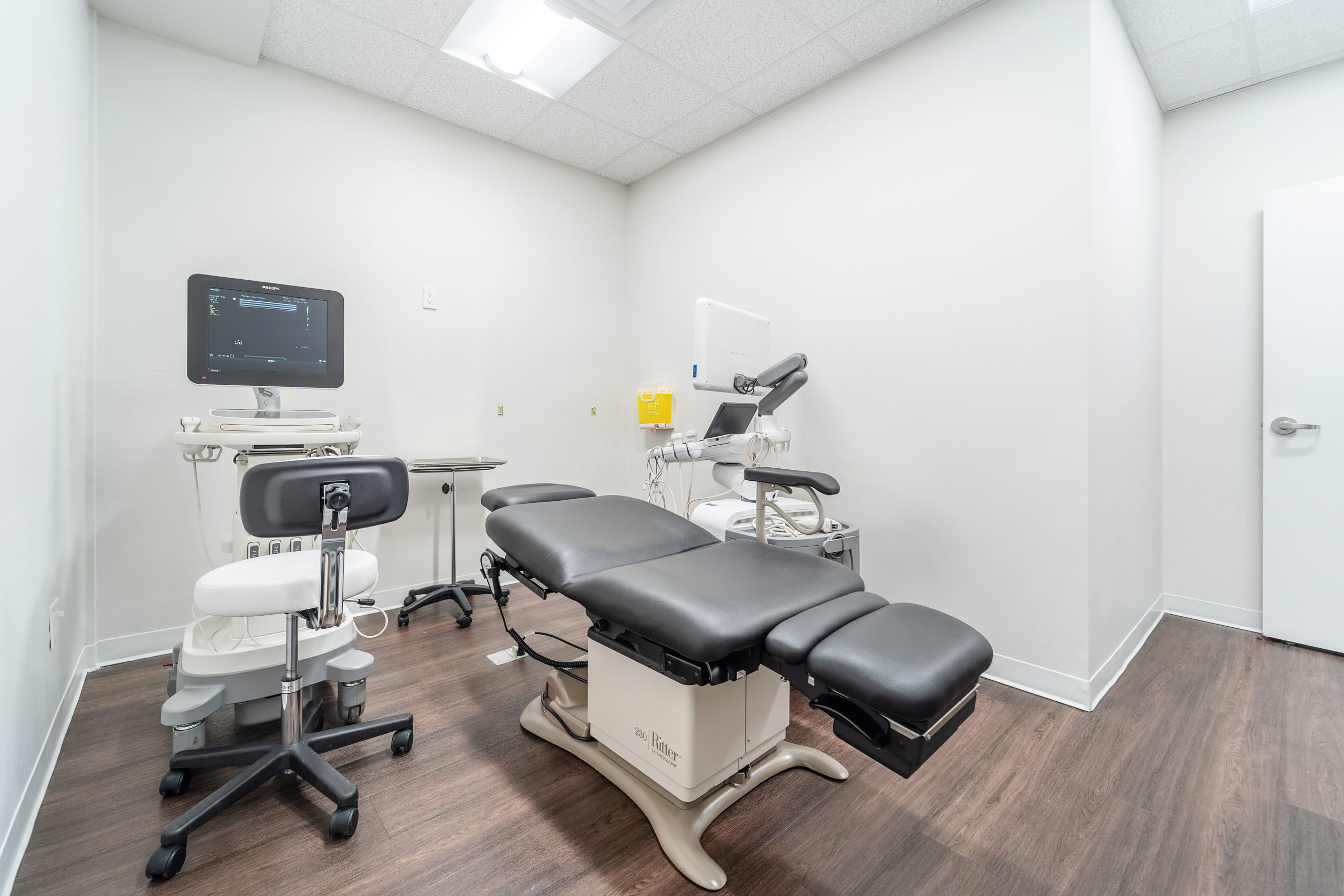NCS/EMG
Nerve conduction studies (NCS) and electromyography (EMG) are often performed in conjunction to assess the functions of muscles and nerves. During NCS, small electrical impulses are sent into the muscles to assess the speed and strength of electric nerve signals travelling between two or more points, which are detected by surface electrode stickers on the skin. During needle EMG, a small needle is inserted into the muscle to detect the activity within the muscle and the related nerves. A specialized neurologist will interpret the signals and numerical values and share the results on the same day of the studies. Localized Neuromuscular ultrasound may also be performed to characterize the anatomy of a symptomatic site on the body and to assist with diagnoses.


